The project is being implemented with the support of UNICEF Ukraine and with financial support from the Government of Norway.

Implemented by: Partner:

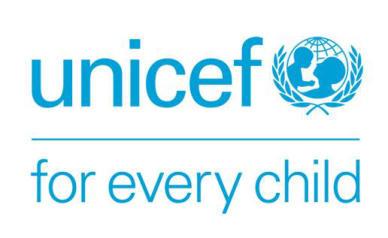

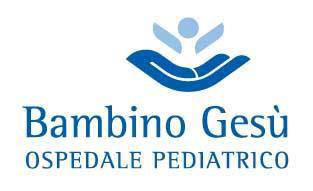


The project is being implemented with the support of UNICEF Ukraine and with financial support from the Government of Norway.

Implemented by: Partner:






Dr Lucia Celesti
Responsible, Public Relation Office and Accoglienza UOC
Medical Direction
Bambino Gesu Children’s Hospital Italy, EU



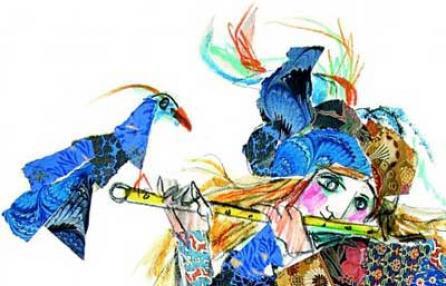

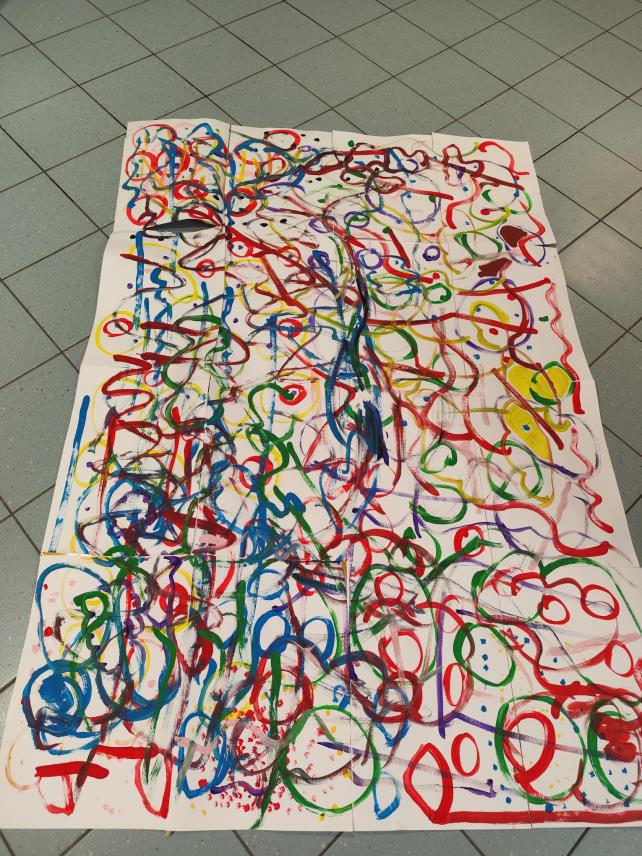


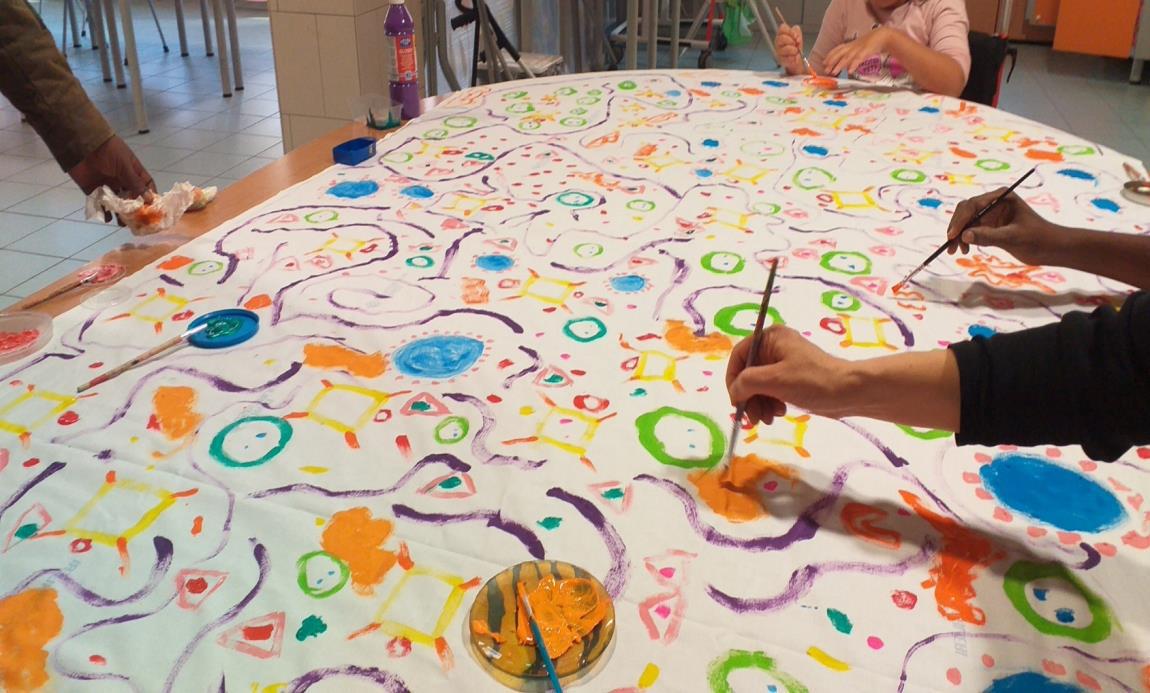



• The children arrange themselves in a circle around a table, on which a large drawing paper is spread.
• The educator gives a simple and clear instruction, for example: “Draw circles” or “Draw curved lines”.
• Children perform the indication by drawing on the paper, each contributing to the development of a collective image.
• The activity takes place in absolute silence to encourage concentration and contact with themselves and others.



• In the background, the music therapist selects specific music, designed to accompany and stimulate the imagination and emotions related to drawing. Music creates an atmosphere that supports the creative experience.
• When the music stops, the children immediately stop drawing and exchange colors with the partner who is sitting next to them.
• This break and the exchange of materials represent a time of sharing and waiting, during which children prepare for the new delivery that the educator will provide.
• The cycle is repeated with new indications and different music, thus creating a rhythmic and creative path that stimulates attention, coordination and cooperation.

• Invite to concentration and listening;
• Creativity development;
• Respect for the rules and shifts;
• Symbolic value of collective game (one ´individual signª united with the others creates a shared work);
• Nonverbal expression of emotions


• It selects songs based on the rhythm, duration and emotions it can arouse;
• It shapes the duration of the activity, respecting the times of the patient;
• It supports the creative and expressive process;
• It fosters emotional expression and non-verbal communication;
• It creates a sound habitat by changing the perception the patient has of their surroundings.



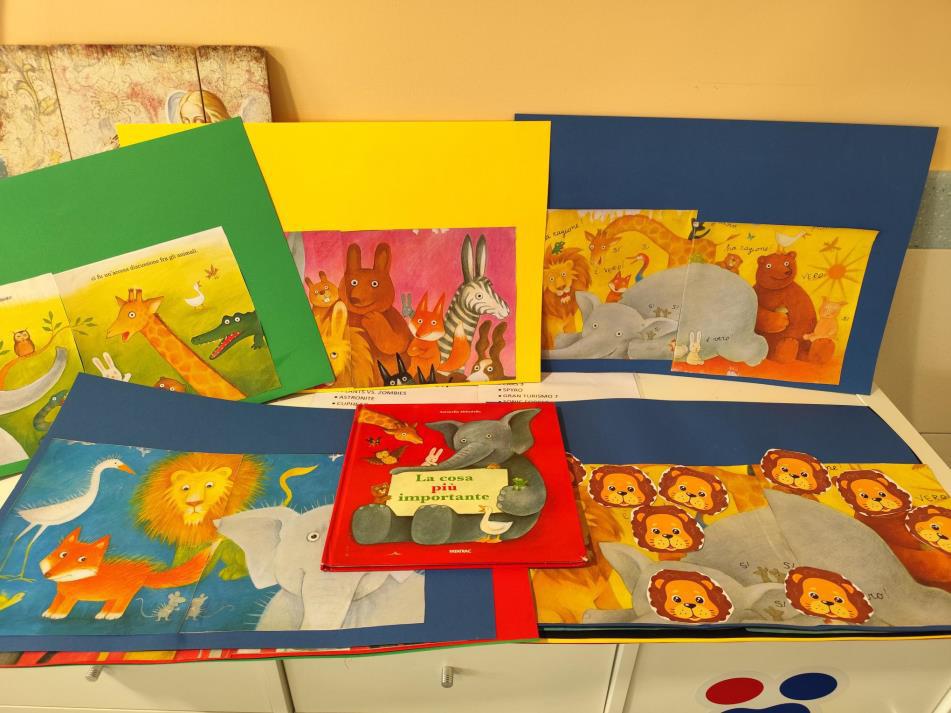



At this early stage, the educator proposes a story (it can be invented, adapted or taken from a picture book) and guides children in the creation of the images that represent the key moments of the story.Simple and accessible materials are used: cards, fabrics, colors, scissors, glue, pre-cut shapes or drawings to complete. The activity can be carried out individually or in small groups.

Objectives:


Stimulate fine manual skills (use of colours, scissors, glue, etc).
Fostering creative expression and imagination.
Actively involve children in the construction of the story: they not only listen, but “create” it together with the educator.
Support the development of symbolic thinking, that is, the ability to attribute meanings and emotions to objects, images and characters.
Promote cooperation and dialogue between peers during the shared construction of images.

Detailed description:


Once the story and images are ready, the field is divided into "narrative stations", i.e. stages that mark the path of the story. Each station represents a significant episode or scene. Children move ideally (or even physically, space permitting) from station to station.
At each station:
• The educator tells a part of the story, showing the corresponding image.
• The music therapist accompanies the narrative with a specially chosen piece of music: it can evoke the atmosphere (cheerful, mysterious, sad, etc.), characterize a character or underline an event.

Objectives:
• Stimulate attention and sequential memory.
• Strengthen the link between visual, verbal and musical stimulus, offering a multisensory experience.


• Use music to facilitate access to the emotions associated with the story.
• Offer a narrative structure that supports symbolic processing, especially in children with cognitive or emotional difficulties.



After each station (or at the end of the story), we move on to the active and corporeal phase: children are invited to interpret, imitate or represent what they have heard and seen, through movement, gesture, voice or sound. These activities can be led by the educator, the music therapist, or both, and can be performed in a circle, in small groups, or individually.

• “Let's imitate the lion”: using your voice, hands, body to reproduce the roar or movement of the animal.


• “Let's clap our hands to the rhythm of the music”: follow a proposed rhythm, stimulating coordination and listening.
• “Let's Climb the Imaginary Clouds”: Stimulating Fantasy and Body Imagination.

Objectives:
• Facilitating the internalization of history through the body.


• Offer an expressive space to release emotions experienced during the narrative.
• Stimulate global motor skills and body awareness.
• Strengthen self-confidence, expressive freedom and active participation.
• Support emotional regulation in a protected and structured context.



The music therapist offers children to listen to short pieces of music, actively involving them in the use of different instruments.
At the end of each piece, music therapist and educator facilitate the reflection of the emotions aroused, encouraging children to
• Recognize and name your emotions;
• Share personal experiences connected to the emotion evoked;
• Connect the emotional experience to the music listened to.
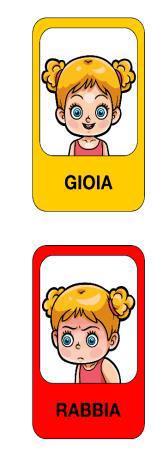




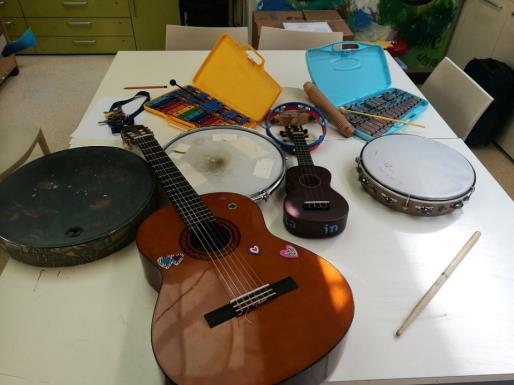




Recognize and name your emotions


Be aware of what it feels like Understand better Communicate with and give that emotion a name themselves other
Promoter



Promoter

Promoter
Self-expression emotional processing relationships with others

Connect emotional experience to the music listened to Give space Explore parts Facilitate processes to emotions of oneself, often unexplored emotional awareness




Objective: To foster the expression and sharing of emotions in a creative way.
• The educator proposes an expressive activity to children;
• The children represent the emotions that emerged during the music therapy session;
• Representation occurs through the creation of emoticons;
• Emoticons reflect emotions assembled and constructed by children;

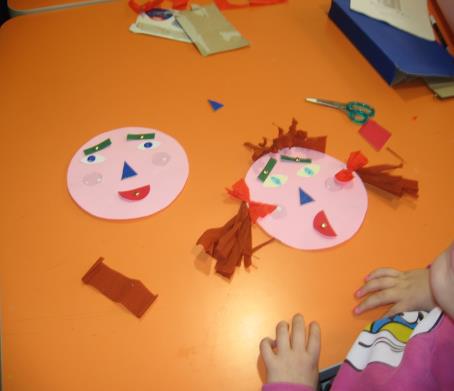
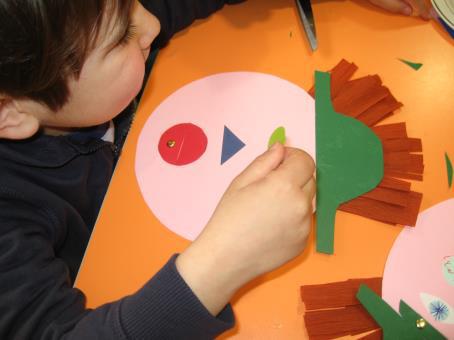




• The activity with animated emoticons represents an innovative element in the expressive work post-music therapy.
• Children create emotional faces that are not static, but capable of moving and changing expression.
• This dynamic feature allows young patients to modulate and adapt the emotion they wish to communicate to the therapist, thus making the representation more precise and personal
• Thanks to this interactive method, the therapist receives more authentic and constantly evolving emotional feedback, promoting greater awareness and sharing of the emotions experienced during the session.

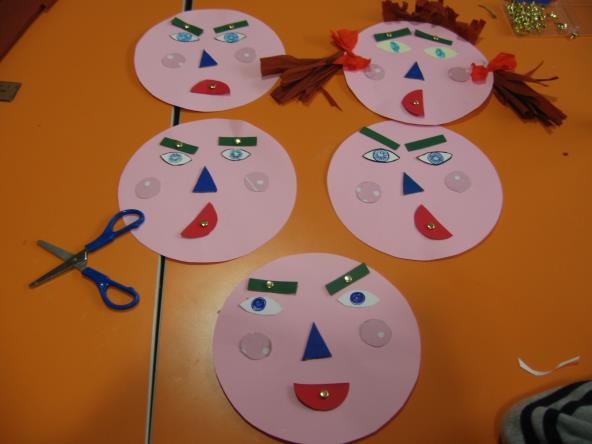



Guided imagination takes children and caregivers on a mental journey by the sea, fostering relaxation and emotional awareness through images and sensations of calm and serenity.
The objectives are to
• Promote children's physical and mental relaxation;
• Stimulate awareness and emotion management;
• Boosting the ability to visualize and imagine;
• Promote a state of calm and inner well-being;
• Facilitate emotional expression and sharing in a non-verbal manner.

Hear the soothing sound of waves crashing on the shore




Walk towards the sea and feel the cool water on your ankles





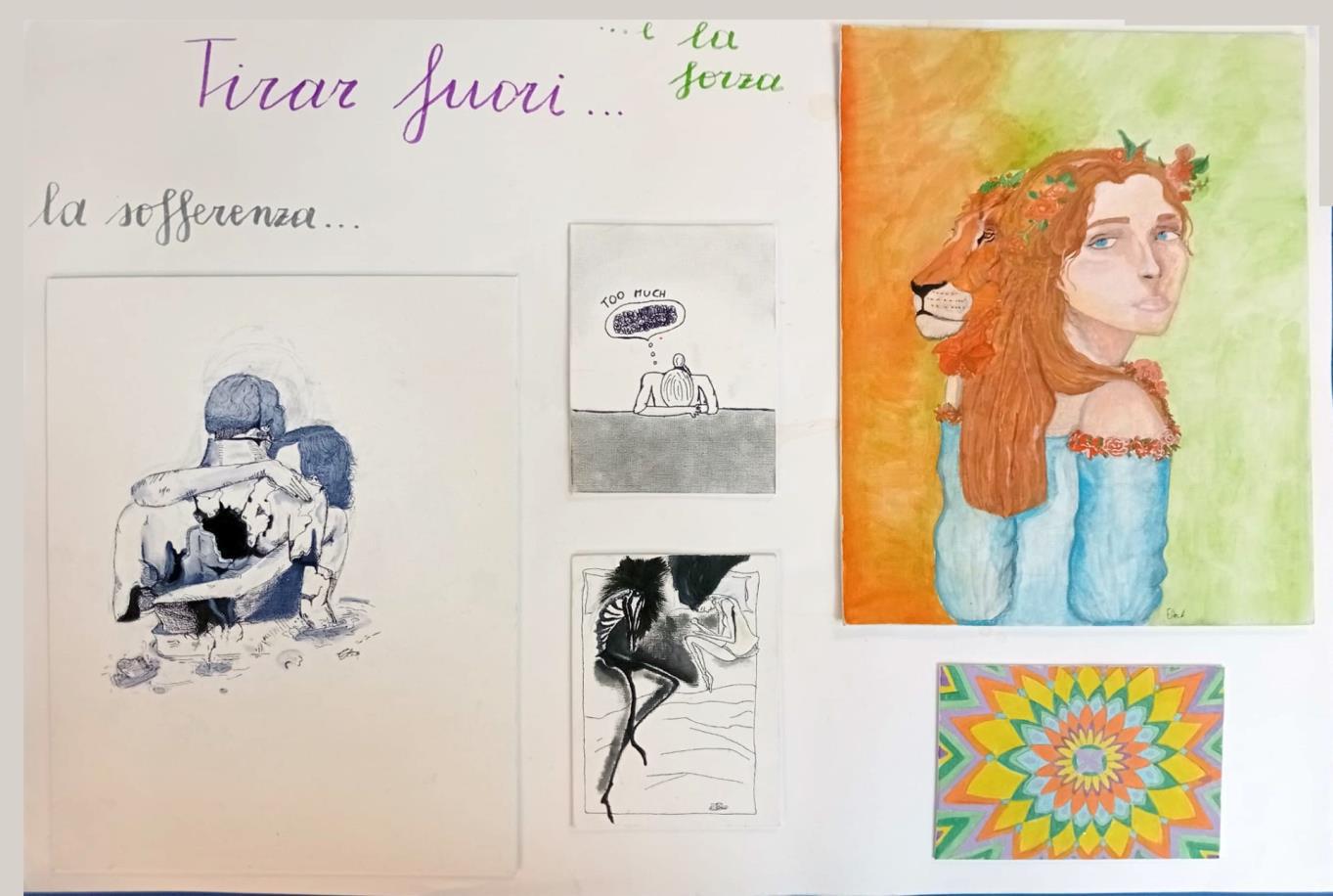

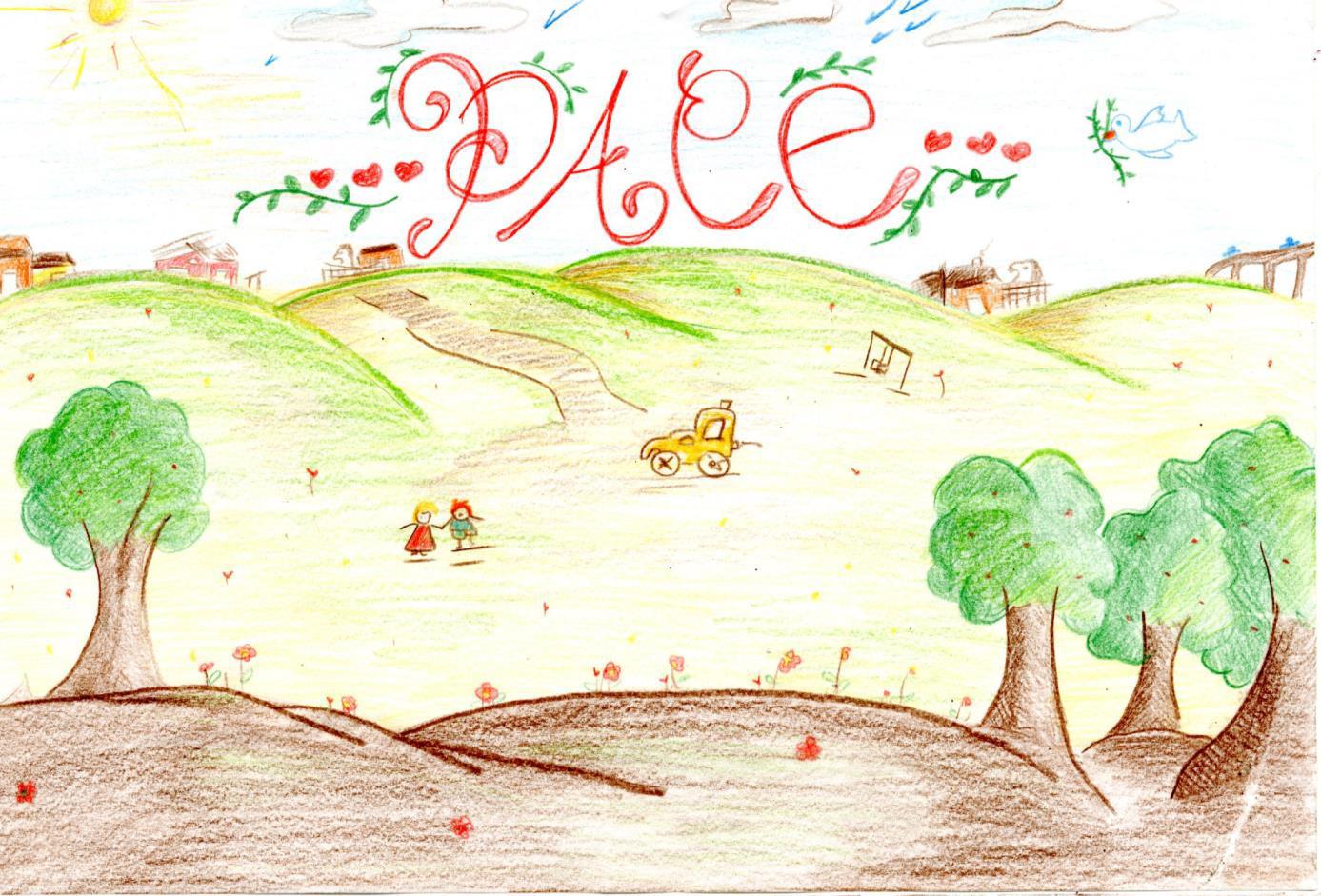





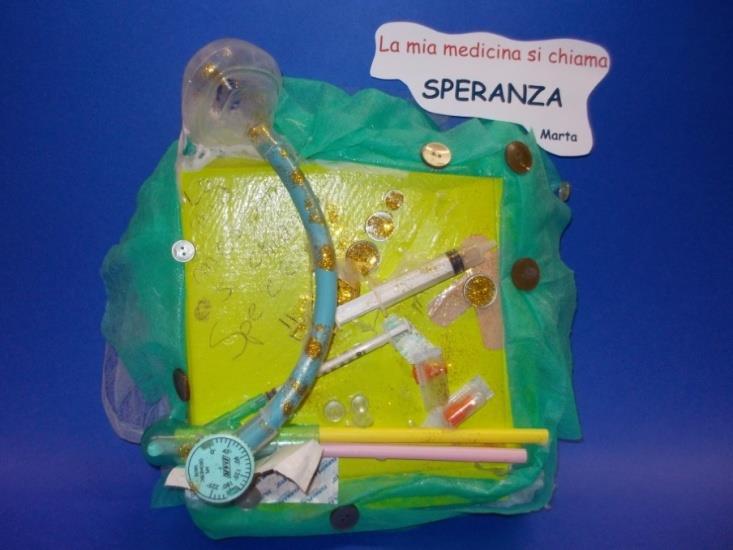

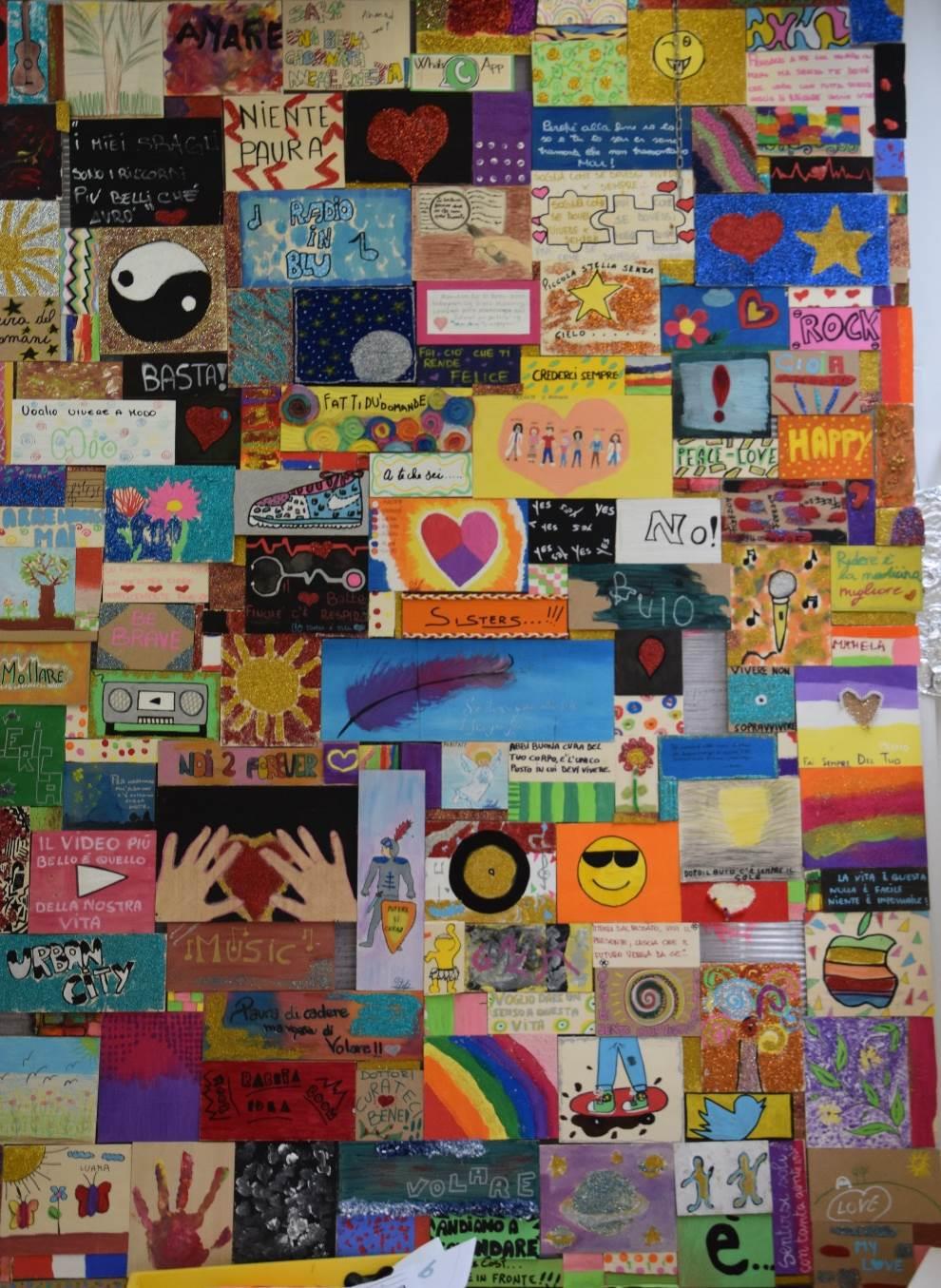




• Play is not just a play. It is an educational and emotional kind of care
• It restores humanity , continuity and hope
• Play gives the child the dimension of a person, not only of a patient







Il presente documento Ë stato elaborato in n.xx slide da Ospedale Pediatrico Bambino Ges˘ il xxxxxx.
I contenuti sono strettamente riservati; Ë vietata la riproduzione e la divulgazione, anche solo parziale, senza il benestare scritto di Ospedale Pediatrico Bambino Ges˘.